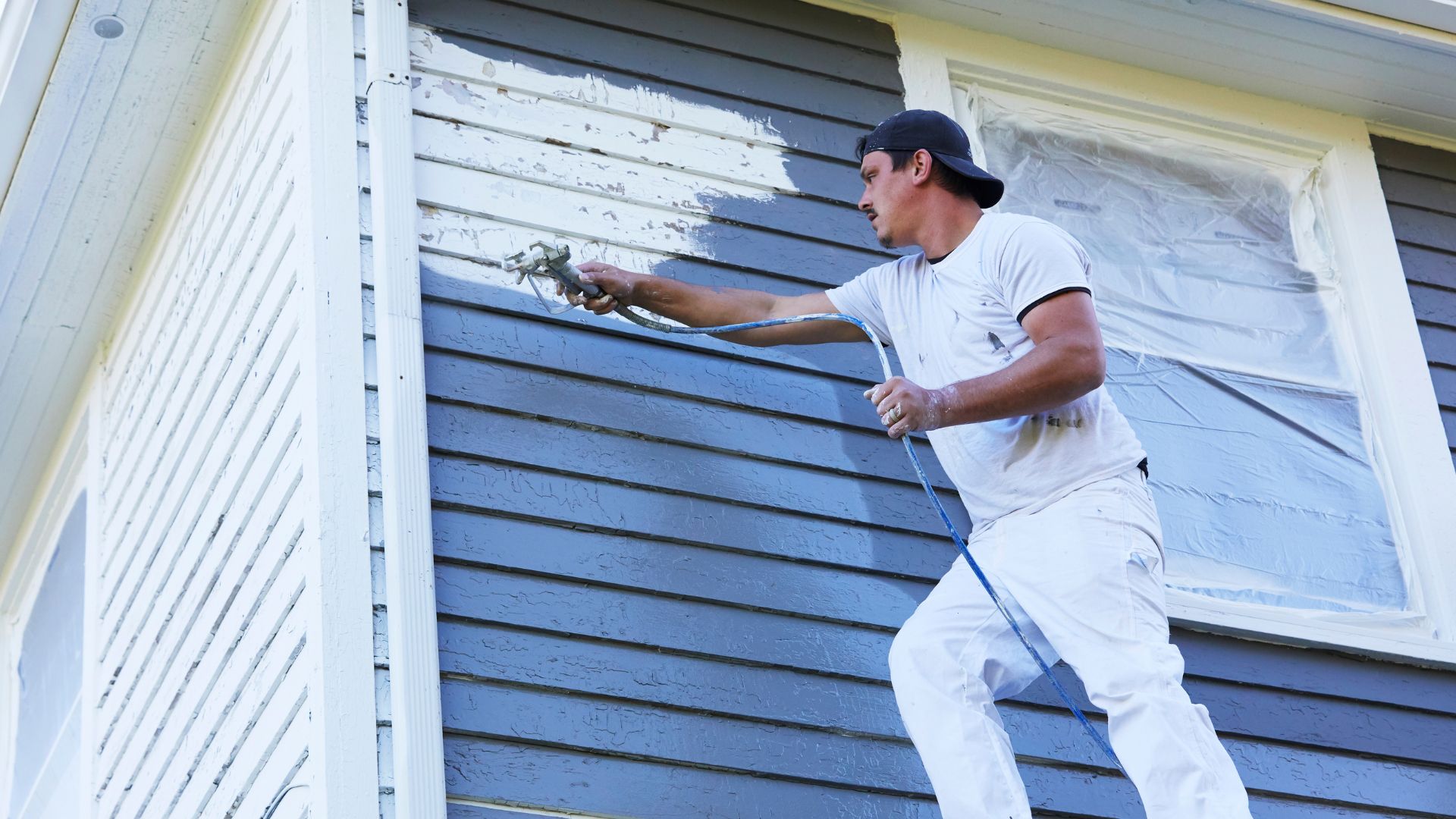
If you’re planning to repaint your home or another surface after power washing, timing is everything. One of the most common questions homeowners ask is: “How long should I wait to paint after power washing?” The answer depends on a few key factors like the surface type, local climate, and even the power washing technique used. Let’s dive into the full details so you can paint with confidence and avoid costly mistakes. 🎯
✅ Why Power Washing Before Painting Is So Important
Before we jump into drying times, it’s worth quickly explaining why power washing is essential before painting:
- 💨 Removes dirt, dust, mildew, and loose paint
- 💦 Creates a clean surface for paint to adhere to
- ❌ Prevents flaking and premature peeling
- 🎯 Ensures long-lasting results
Painting over dirty or damp surfaces can trap moisture underneath and lead to bubbling or cracking later. That’s why letting surfaces dry thoroughly after power washing is key.
🏡 Typical Surfaces and Their Drying Times
The amount of time you should wait before painting depends heavily on the surface you’ve cleaned. Here’s a quick reference guide:
| Surface Type | Recommended Drying Time |
|---|---|
| Wood (siding, decks) | 48–72 hours 🪵 |
| Vinyl siding | 24 hours 🧼 |
| Brick or concrete | 72 hours 🧱 |
| Stucco | 48–72 hours 🧽 |
| Aluminum siding | 24–48 hours 🏠 |
These are general guidelines. Always factor in your local weather conditions!
Browse Amazon Here For Popular Pressure Washers And Accessories
🌦️ Weather Matters: Humidity, Sun, and Temperature
Weather plays a massive role in drying times. Here’s how different conditions affect your wait:
- ☀️ Sunny and dry weather: Speeds up drying time
- 🌧️ Rain or high humidity: Slows down the process significantly
- 🌬️ Windy days: Help surfaces dry faster
- ❄️ Cold temperatures: Extend drying time
If it rained the day after you power washed, add another 24–48 hours to your timeline. The goal is to paint only when the surface is completely dry and moisture has evaporated.
🧪 How to Tell If the Surface Is Dry Enough
Here are a few simple ways to check if the surface is ready for paint:
- Touch test: Place your palm on the surface — it should feel dry and cool, not damp.
- Moisture meter: Use a handheld moisture meter to get a precise reading (ideal for wood).
- Visual check: Look for any remaining water marks, dark patches, or beads of moisture.
If in doubt, wait another day. It’s better to be safe than to have to redo the job. 🧠✅
🚫 What Happens If You Paint Too Soon?
Painting too soon can create a host of problems:
- 🫧 Bubbling and blistering paint
- 🪨 Uneven paint application
- 💧 Trapped moisture under the paint film
- 🧱 Peeling and flaking
- 🔄 Needing to repaint prematurely
In the worst-case scenario, you’ll need to strip and repaint the surface all over again — costing more time, money, and effort. 😖
🧰 Tips for a Smooth Transition from Power Washing to Painting
- ✅ Schedule power washing at least 3–5 days before your painting project, especially if weather is uncertain.
- 🌦️ Check the weather forecast to make sure there’s no rain expected for a few days.
- 🪟 Cover doors, windows, and trim that you don’t want soaked during washing.
- 🌬️ Use fans or leaf blowers to speed up drying for smaller surfaces like decks.
- 🧼 Inspect for mildew regrowth — if any appears during drying, clean it again before painting.
🖌️ Final Takeaway
So, how long should you wait to paint after power washing? For most surfaces, 24 to 72 hours is the safe zone — longer for porous materials like wood and brick, shorter for non-porous ones like vinyl and metal. 🌞 The key is to make sure everything is completely dry before opening that paint can.
Taking the time to let your surfaces dry properly will give you a smoother, longer-lasting paint job — and save you a ton of headache down the road. 🏡💪
Browse Amazon Here For Popular Pressure Washers And Accessories






